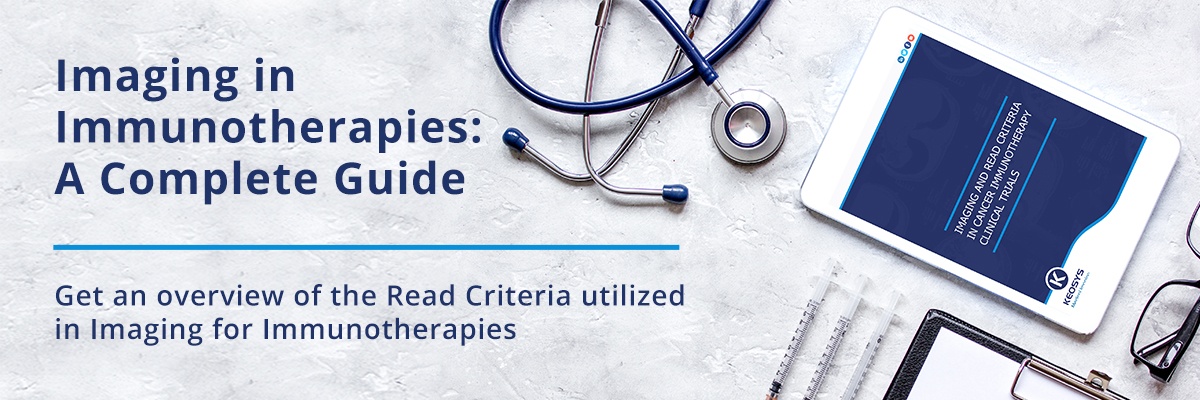There are numerous documents that demand serious attention as a clinical trial takes shape. At least two are critical to the success of imaging applications in research. One of those is the Imaging Acquisition Guidelines (IAGs).
What are Imaging Acquisition Guidelines?
IAGs are documents written for the investigational sites detailing the processes and procedures for successful image acquisition in conformity with the protocol. The goal is that the IAGs provide guidance that will ensure the sites . . .
- Acquire images as required by protocol
- Acquire images that are of high enough quality for central read
- Acquire images in a standardized manner across sites
What do Imaging Acquisition Guidelines bring to clinical trials?
IAGs address equipment standardization, imaging drug standardization, evaluation and mitigation of imaging risks (such as radiation exposure and contrast agent exposure), and more to ensure that patient safety will be protected and all images acquired will be of sufficiently high quality. IAGs typically include a mix of mandatory guidance and recommendations.
Mandatory guidance includes specific read criteria and acquisition parameters. For example: slices <5mm, no gap between slices, uptake time for PET imaging, sufficient counts for bone scans, etc. Parameters such as these are checked at QC before central review.
The level of quality requirements depends on the type of trial (local vs global) and the assessment criteria (qualitative vs quantitative).
Why should ClinOps professionals care about Imaging Acquisition Guidelines?
IAGs serve to help protect budgets and results. For example, if images are of poor quality, they fail QC. A query is then sent to the site and repeat imaging may be necessary. If correction is not possible, the image won’t be centrally read and the patient could be non-evaluable, impacting study results.
QCs are carried out in a quick turnaround time and helpful comments are sent with queries to help sites adhere to the guidelines. Additional documents can also be provided to help them remember the key criteria of the IAG (reference cards).
How are the Imaging Acquisition Guidelines developed?
When sponsors and CROs work with us at Keosys, we write the first draft of the IAGs. The CRO/sponsor then reviews the document, adding comments and questions. Finally, a review meeting is held to discuss all issues and concerns. The final IAG emerges from this meeting. Once all parties have signed off on it, the groundwork is in place for easy and efficient trial management.
Get the guidance you need from Keosys
Creating IAGs is among the many services that Keosys provides to enterprises and institutions using medical imaging in clinical research. Let us know how we might help you and your team.




